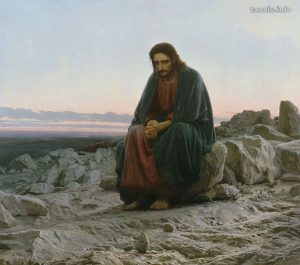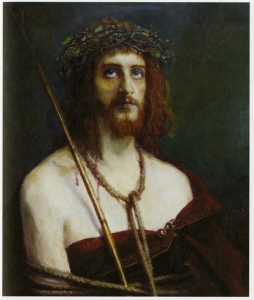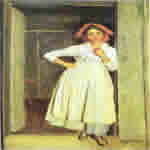A simple shed narrates Pelevin’s “The Life and Adventures of Shed XII”, while the young child Alexei Petrovich narrates Tolstaya’s “Night”. Both authors chose to establish narrators as characters with little to no social or political power and little sense of the political happenings of the time. Both the shed and Petrovich are consumed by their own day to problems and unaware of other happenings and bigger issues in the time and place that they occupy.
The shed says: “The night after the painting (when he had been given his Roman numeral, his name—the other sheds around him all had ordinary numbers), he held up his tar-papered roof to the moon as he dried. ‘Where am I?’ he thought. ‘Who am I?’” (48). He is one of many, lacking individuality and a name and an identity, instead merely sporting a roman numeral. He doesn’t know who he is or where he is. He feels different and distinct from the sheds around him yet still grasps wildly for interaction.
The child hold his mother in incredibly high regard: “Oh, Mommy, guiding star! You’re pure gold! You’ll take care of everything, wise woman, you’ll untangle all the knots! You knock down all the dark corners, all the labyrinths of the incomprehensible, impassable world with your mighty arm; you sweep away all the barriers—now the ground is flat and level. Be bold, take another step! But farther on—there are more wind fallen trees” (!89). He lacks independence because she “take[s] care of everything” and clears the obstacles on the path he is supposed to walk. She encourages him and points him in the proper direction and warns him of the dangers of the outside world–“more wind fallen trees”, but doesn’t grant him freedom.
Both of these narrators offer commentary as Post-Soviet retrospectives, and share the sentiment of being lost and confused and fairly insignificant. By choosing such dependent narrators, Pelevin and Tolstaya express the feeling of powerlessness, but also a failure to formally acknowledge that powerlessness, a complex typical of that zeitgeist.





